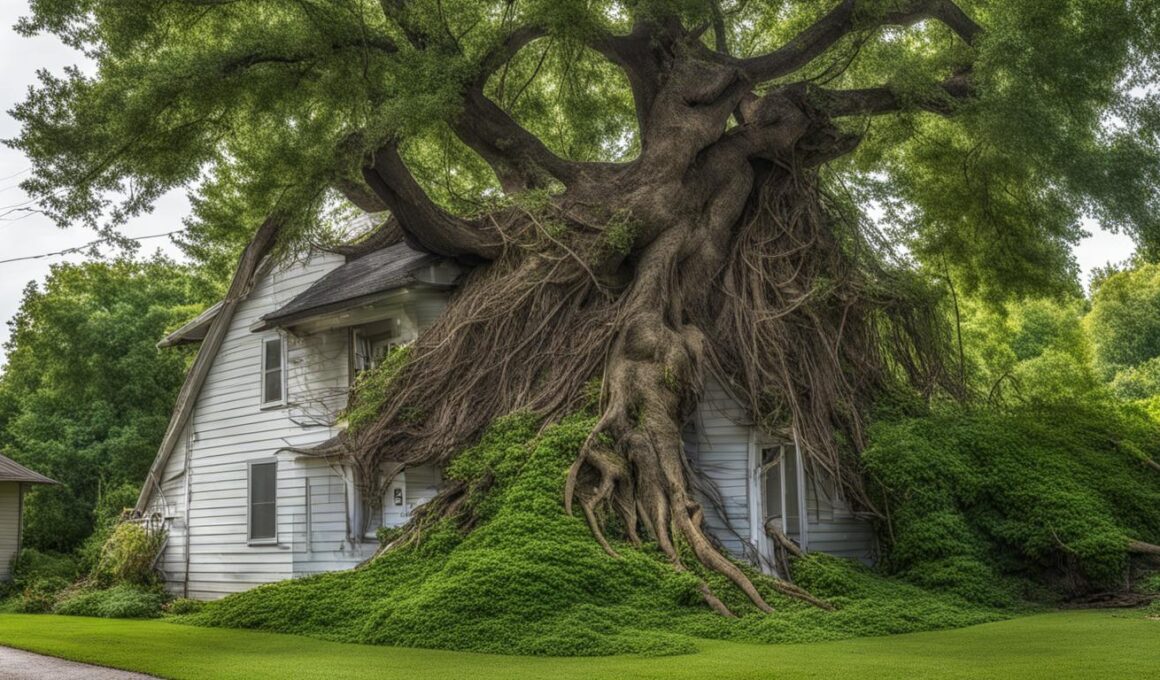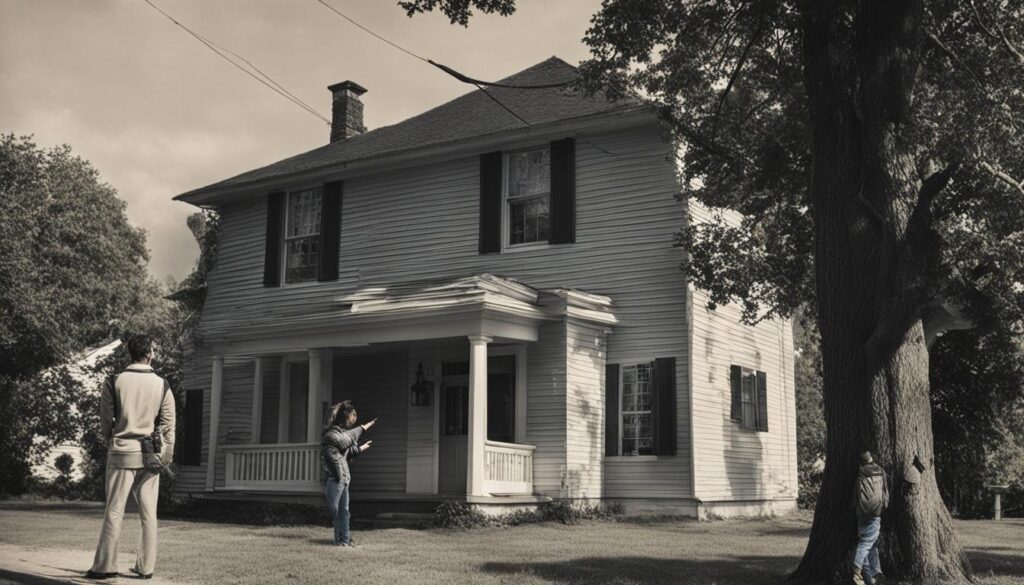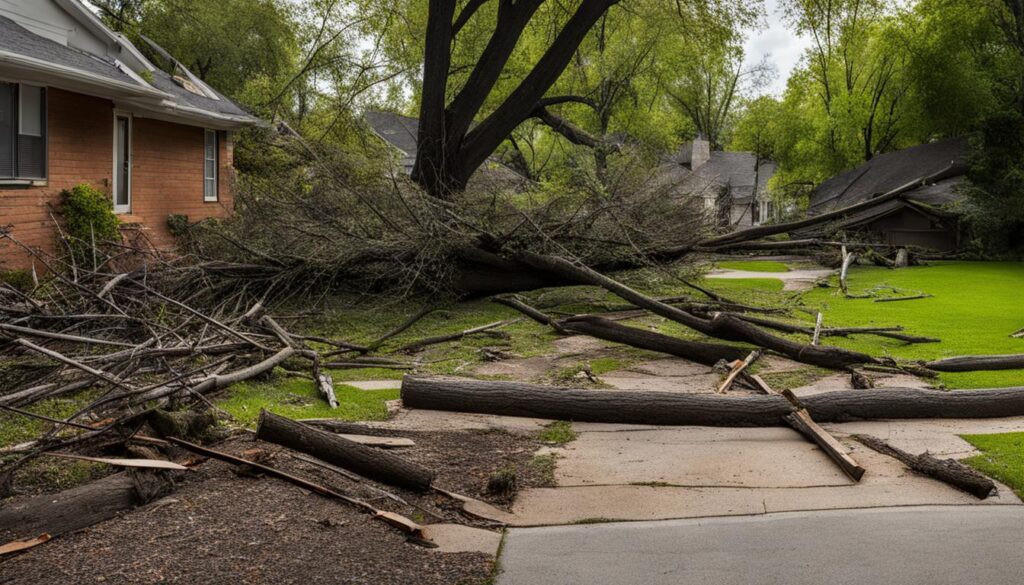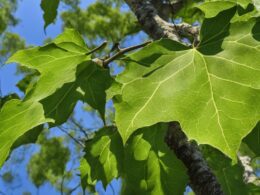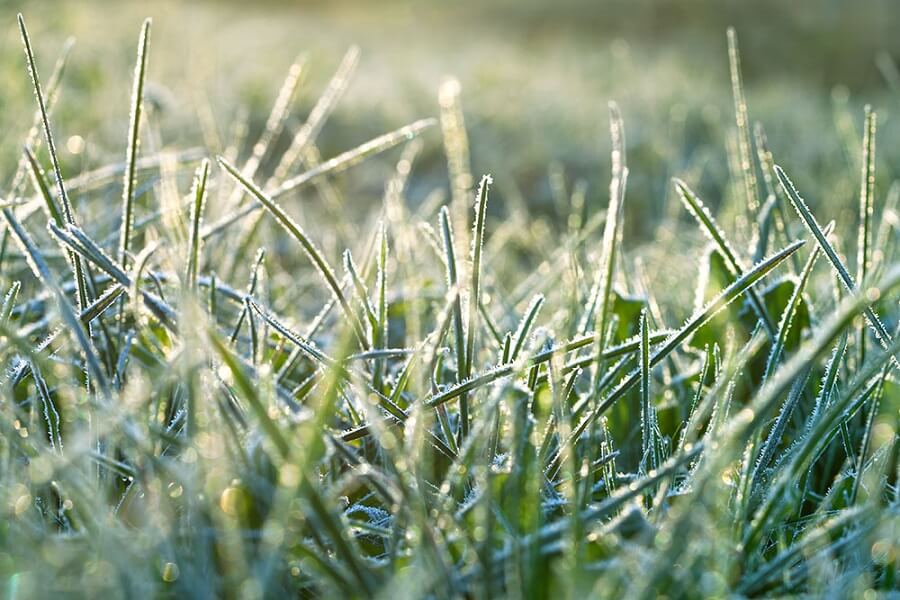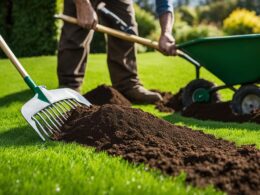When faced with a dangerous tree owned by your neighbor, it’s essential to know how to handle the situation. By following the right steps, you can address the threat and ensure the safety of yourself and your property. In this guide, we will provide you with practical advice on what to do if your neighbor has a dangerous tree. We’ll cover various steps to resolve the issue, from maintaining a calm attitude to taking legal action if necessary.
Talking to Your Neighbor
The first step in addressing your neighbor’s dangerous tree is to have a calm and friendly conversation with them. Approach them face-to-face and explain your concerns regarding the tree. It’s important to mention specific signs of a hazardous tree, such as a significant lean, hollow trunk, or visible wounds. If you are concerned about overhanging branches, you have the right to trim them up to the property line. However, it’s best to discuss this with your neighbor beforehand to avoid any potential legal issues.
Having open communication with your neighbor is key in addressing concerns about the dangerous tree. By talking to your neighbor directly, you can express your worries and provide them with the necessary information about the potential risks associated with the tree. This conversation can help create awareness and encourage your neighbor to take appropriate action to address the issue.
Requesting a Tree Inspection
If your neighbor is uncooperative or dismissive of your concerns, it’s important to explore other avenues to address the issue. One effective step you can take is suggesting that your neighbor hire a certified arborist to inspect the tree. A certified arborist is a trained professional who specializes in tree care and can provide expert recommendations.
When suggesting a tree inspection, emphasize the importance of ensuring the safety of both properties. You can offer to be present during the inspection to witness the assessment firsthand or provide a list of questions for the arborist to address any specific concerns you may have.
While it is not your responsibility to pay for the inspection, showing willingness to share the cost can help encourage your neighbor to comply. This cooperative approach demonstrates that you are committed to finding a resolution and prioritizing the well-being of both parties involved.
Once the arborist conducts the inspection, they may recommend various courses of action, such as tree removal or other necessary measures to mitigate the risk. It is crucial that you urge your neighbor to follow through on these recommendations to ensure the safety of your property and surroundings.
However, if your neighbor refuses to take the recommended actions or continues to dismiss the concerns raised during the inspection, you may need to move forward and explore additional steps to resolve the situation.
Sending a Formal Letter
If your neighbor continues to ignore your concerns and refuses to take the necessary steps, it may be appropriate to send a formal letter. This method of formal communication can help convey the seriousness of the situation and potentially prompt action from your neighbor.
When drafting the letter, clearly state your concerns regarding the dangerous tree owned by your neighbor. Be specific about the potential risks and hazards it poses, including the possibility of property damage or harm to individuals.
Emphasize the legal consequences your neighbor may face if the tree causes any property damage or injuries. This can help create awareness of the potential legal action that may be taken if corrective measures are not undertaken.
Remember to keep a copy of the letter for your records and send a copy to your insurance company. This way, you have documentation of the formal communication and support from your insurance provider in case legal action becomes necessary.
Taking Legal Action
In some cases, consulting a lawyer may be necessary to understand your rights and options. If the tree poses a significant danger and your neighbor refuses to remove it, you may be able to file a nuisance claim with the court. The court can order your neighbor to remove the tree if it is deemed a nuisance.
It’s important to document any damage caused by the tree, including pictures of the damage and the tree’s location in relation to your property. This evidence will strengthen your case and support your claim for property damage. Consulting a lawyer will help ensure that you gather and present the necessary information effectively.
Consulting a Lawyer
When considering legal action, it’s crucial to consult with a lawyer who specializes in property disputes and nuisance claims. A skilled attorney will guide you through the legal process and help you understand the relevant laws and regulations in your area.
An experienced lawyer will analyze the specifics of your case, assess the evidence you have gathered, and advise you on the best course of action. They will represent your interests and negotiate on your behalf to resolve the dispute effectively.
Nuisance Claim
A nuisance claim is a legal action taken against a neighbor for engaging in activities that cause harm or interfere with the use and enjoyment of your property. In the context of a dangerous tree, you can argue that the tree’s presence poses a risk of property damage or personal injury.
To file a nuisance claim, you will need to gather substantial evidence to demonstrate that the tree is a nuisance. This includes documenting any property damage, injuries, or near-miss incidents caused by the tree. Your lawyer will help you build a strong case and present it convincingly in court.
Property Damage
If the dangerous tree has already caused property damage, it’s essential to prioritize documenting the extent of the damage. Take clear and comprehensive photos of the damage, ensuring that the images capture the injury the tree has inflicted and its relation to your property.
By presenting this evidence, you can strengthen your claim for compensation for property damage. Your lawyer will use this information to negotiate with your neighbor and their insurance company or present it in court if necessary. This documentation is crucial to securing the financial compensation you may be entitled to.
-Could Bad Smelling Plants in My Garden Cause Harm to My Neighbor’s Dangerous Tree?
Having bad smelling garden plants near a neighbor’s dangerous tree could potentially cause harm. The strong odor from certain plants may attract pests or insects that could potentially damage the tree. It is important to be mindful of what you are planting in your garden to avoid any potential risks to your neighbor’s property.
Conclusion
Dealing with a neighbor’s dangerous tree can be a challenging situation, but by following the appropriate steps, you can address the issue and ensure the safety of yourself and your property. The key to resolving tree disputes is maintaining open communication with your neighbor. By approaching them calmly and explaining your concerns, you can create an opportunity for cooperation and a shared understanding of the problem.
If your neighbor is unresponsive or dismissive, consider suggesting a professional tree inspection. A certified arborist can provide expert recommendations and lend credibility to your concerns. If the arborist suggests tree removal or any other necessary actions, it’s important to encourage your neighbor to take these steps promptly.
In more challenging situations, where communication and professional recommendations have failed, legal action may be required. Consultation with a lawyer can help you understand your rights and the potential for filing a nuisance claim. Documenting any property damage caused by the dangerous tree and involving your homeowners insurance company can further strengthen your case.
Resolving tree disputes with neighbors can be an arduous process, but prioritizing safety and legal compliance throughout is crucial. By utilizing effective communication, seeking professional opinions, and taking legal action when necessary, you can protect your rights and find a resolution to the neighbor’s dangerous tree issue.





